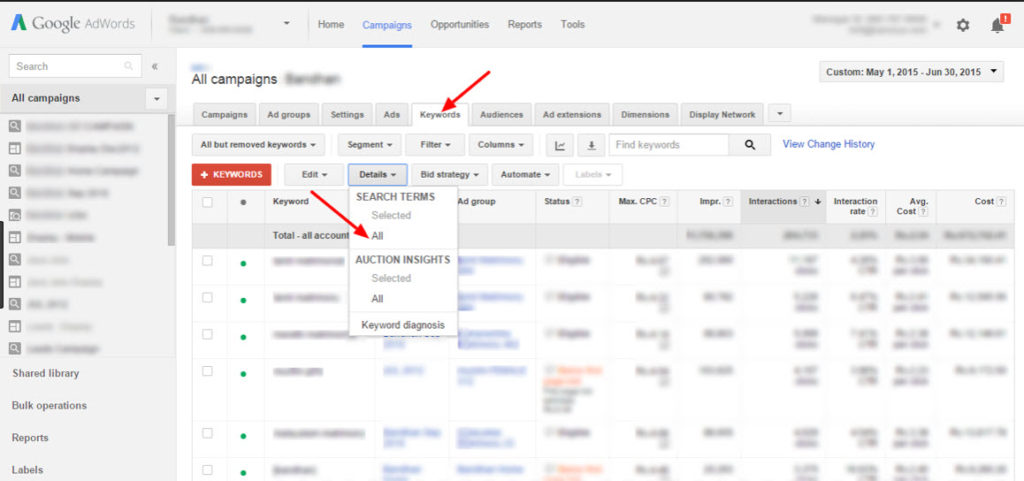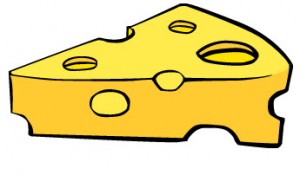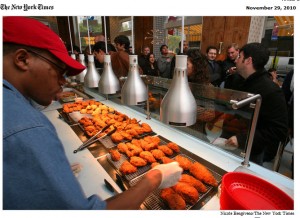Social Media. Quiet is the new black.
I was watching an NCAA Tournament game the other day and with 13 minutes to go in an Sweet 16 game, the announcer was apoplectic. He announced each pass as if it would be the game’s last. I can understand if we were in the finals and it was under 2 minutes, but phewwww. It seems the game for some announcers isn’t enough, it’s the delivery that creates excitement. Like a laugh track on a sitcom. If everything is screamed and hyper- exciting, how are we to know when the truly amazing happens? It’s like reading a two paragraph email typed in all caps.
One of the reasons social media has taken off so nicely, in this world of many product choices, is because friends and members of your social graph tend not to sell when they are talking up a product. Well they sell, but from the gut and heart, not from the wallet. Paid marketing agents, on the other hand, are compensated to make you buy.
Metaphorically, paid marketing agents shout while friends quietly discuss. Friends modulate. Friends offer no agenda. I think it was Benjamin Palmer of the Barbarian Group who said at Social Media Week this February that commercial social media is most effective when it is “brands letting their hair down.” And he’s right. When a brand is not in billboard mode, or advertising or coupon mode – not shouting every possible user benefit like the NCAA announcer – it has a chance to quietly and meaningfully build a case in a unique, human way. Social is a new channel. Not an old channel repurposed. Peace.








